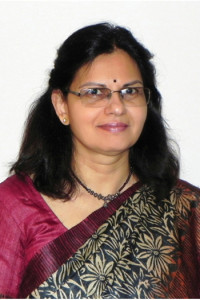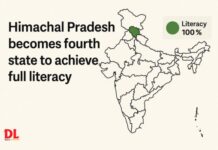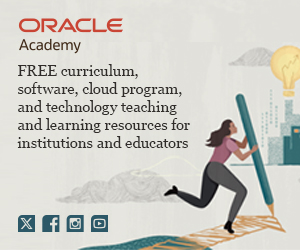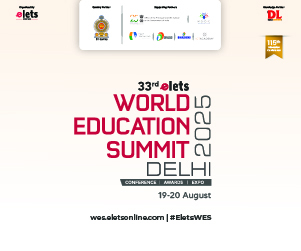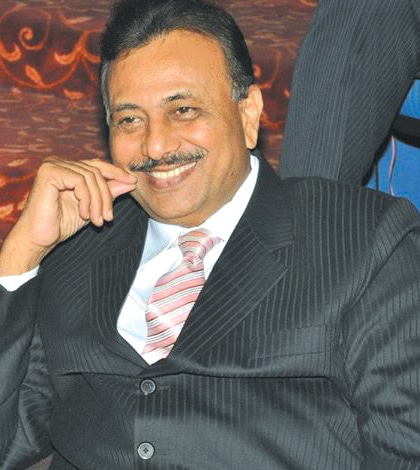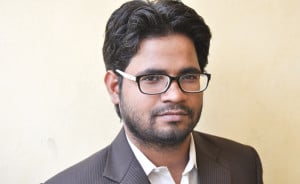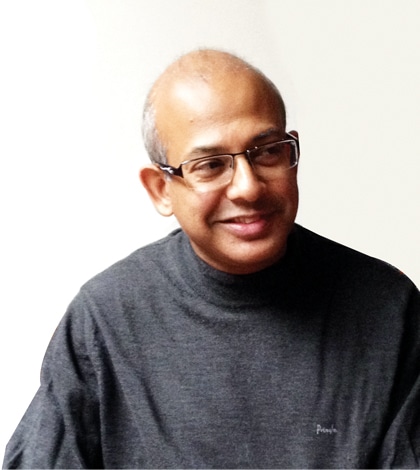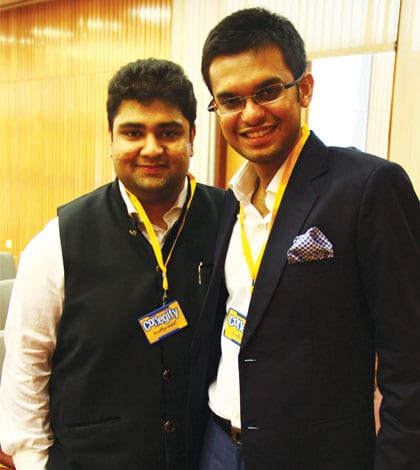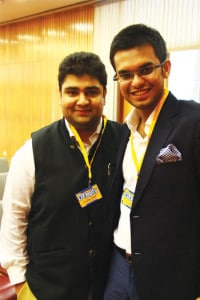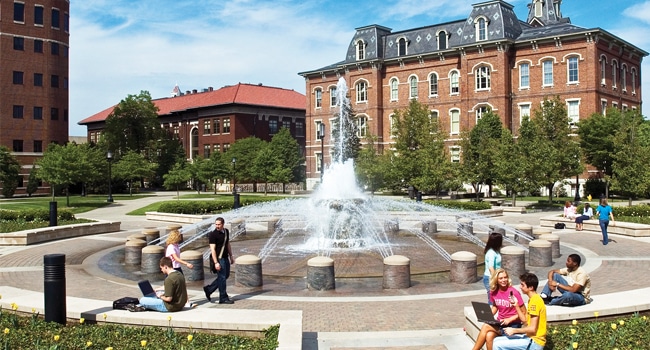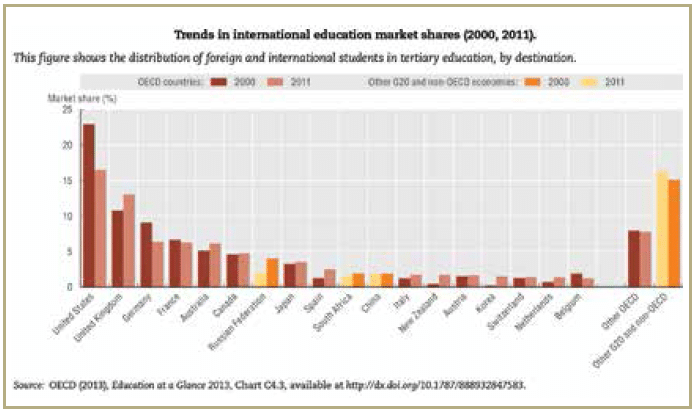 “Engineering sector plays crucial role and touches virtually all other industry segments. Engineering in the modern world is applied to fields as diverse as software, genetics, health sciences, finance, etc. Roselin Kiro of Elets News Network (ENN), finds out the transition in engineering education to date”
“Engineering sector plays crucial role and touches virtually all other industry segments. Engineering in the modern world is applied to fields as diverse as software, genetics, health sciences, finance, etc. Roselin Kiro of Elets News Network (ENN), finds out the transition in engineering education to date”
The engineering education in India is experiencing dramatic changes and is a preferred career choice for a large number of students in the country. The impulse for the creation of centres of technical education came from the British in pre- independence era. It arose out of the necessity for the training of overseers for construction and maintenance of public buildings, roads, canals and ports. It was also important for the training of artisans and craftsmen for the use of instruments needed for the army, navy and survey departments. Many engineering colleges have been started since Independence for triggering development and industrial growth in the country.
There is a massive growth in engineering education in India because of the major investments from severalplayers. But despite this, industry leaders complain about the absence of quality engineers passing out of these institutions. This is accompanied by significant unemployment rate among graduating engineers.
| Feedback from the industry regarding the performance of graduating students during placement interviews can help the academia modify the programmes and pedagogy |
Growth of engineering institutions in India
It is true that engineering institutions have grown at a pace much faster than the economy to nurture the talent. But still the result is poor quality and unemployable graduates. Engineering education has undergone many changes with the advancements in technology and society. It has also met the critical needs and provided the skilled workforce to integrate new developments in the economy. Rishabh Sethi, Chief Operating Officer, SPML Infra Limited said, “Technological changes are happening at a faster pace and engineering world needs to apply some of its skills for further necessary advancements and alter the education of future generations of engineers to stay a tthead.”
According to a report by AICTE, the growth of engineering institutions in India has come down from 43 percent in the academic year 2006-07 to three percent in 2012-13. This decline is assumed to be because of two primary factors. First, weak regulatory mechanisms and second, profit motive of some private players. Large number of engineering institutions are now facing
shutdown after getting a lukewarm response from the students.
| Year |
Institutions |
Growth
(in numbers) |
Growth (%) |
| 2006-07 |
1,511 |
|
|
| 2007-08 |
1,668 |
157 |
10% |
| 2008-09 |
2,388 |
720 |
43% |
| 2009-10 |
2,972 |
584 |
24% |
| 2010-11 |
3,222 |
250 |
8% |
| 2011-12 |
3,393 |
171 |
5% |
| 2012-13 |
3,498 |
105 |
3% |
| SOURCE : AICTE |
Need for Innovative Pedagogy
Engineering education in India is now facing new challenges. Liberalisation of trade and technological progress has changed whole economic scenario. The engineering world has followed trans formation in technology for a long time. Disciplines were added and curricula were reformed in keeping pace with the technological advancement so as to provide the required manpower for economic development. Hence, new approaches to reform system and the content and delivery of technical education are necessary. Professor Dr S Ramachandran, Vice Chancellor, Hindustan University said, “There should be a shift from the textbook learning to the learning by observation and doing. Students should acquire basic knowledge and the professional thought process. Students should master the art of using fundamental concepts to get practical knowledge.”
In order to improve the teachinglearning process, innovative measures should be introduced in the education system. The pedagogy should be ICTenabled, which means video lectures, video animations, virtual labs and simulators video animations, virtual labs and simulators should be used to expand the range of experiments that can be performed by the students. Professor ORS Rao, Vice Chancellor, ICFAI University said, “We give action learning projects to the students so that they can get an opportunity to deploy their classroom learning in practical situations and acquire hands-on skills. It also helps students
to inculcate critical thinking and problem solving skills.”
 Prof Avinash Singh, Prof Avinash Singh,
Pro-Vice Chancellor (Emiritus), University of Technology and Management“The accreditation and rating agencies are only embellishments for the institutes for projecting their name in the market. Having better than average labs, classrooms and qualified faculty with good communication skills are more important, in my view, than rating and accreditation agencies” |
Importance of Industry Academia linkage
At present, we are witnessing a lot of technological changes. These changes, however, have not been properly used by the engineering graduates in order to compete in the present scenario. It is essential to have industry-academia interactions
as it helps to impart relevant knowledge and be sustainable in the changing conditions. It also helps in understanding the industry’s changing requirements from the graduating students and also to make the students industryready in terms of knowledge and skill development. It is also essential to design new programmes based on new and emerging technologies and modify the curricula of existing programmes. Professor ORS Rao added, “Active help can be taken from the industry to impart
practical hands-on skills to the students through company visits, short industry assignments, internships and projects.Guest lecturers from the experienced industry professionals are also essential for the students to get updated on the latest
technologies and applications in the industry.”
However, present focus of the industry is customer satisfaction, which demands adapting new technologies and innovation so as to stay competitive. Also, resource management is gaining importance which demands a higher standard of skills in a particular specialised area. As a result, many graduates with formal certificates, but no practical knowledge find themselves in
a tough situation as they neither qualify for a job in the modern sector nor have acquired entrepreneurial skills to set up their own businesses.
There is an urgent need to improve academia-industry interaction for the benefit of all the stakeholders, viz. institutions,
industry, students and society. Industry benefits by utilising the knowledge imparted by the academia to improve its cost,
quality and competitiveness by developing in-house technology at a low cost. Industry can also benefit academia by updating
and upgrading the knowledge of the professionals and students through development programmes. Academia benefits by
improving the perspective of teachers and researchers.
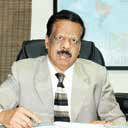 Prof Dr S Ramachandran, Prof Dr S Ramachandran,
Vice Chancellor, Hindustan University“There should be a shift from the textbook learning to the learning by observation and doing. Students should acquire basic knowledge and the professional thought process. Students should master the art of using fundamental concepts to get practical knowledge” |
Emergence of new engineering courses
With the passage of time, there has been an immense growth in the field of engineering, creating many conventional and unconventional job opportunities. The branches of engineering have diversified introducing many unique and unusual branches of engineering.
Professor Avinash Singh, Pro-Vice Chancellor (Emiritus), University of Technology and Management, Shillong said, “With time, new branches of engineering are emerging. These are Cloud Computing, Virtualisation Technology, Mechatronics, Petroleum Engineering, Oil and Gas Informatics, Business Analytics and Optimisation, Automotive Design Engineering, Infrastructure Development, Biomedical, etc.”
Relevance of accreditation
Accreditation is an indicator of the quality of education being imparted by the colleges and universities concerned. It also
suggests the standard of infrastructure, faculty, teaching and learning methods and research activities in the institution. For mushrooming institutes, standard has never been the priority. In most cases the accreditation and rating agencies are only
embellishment for the institutes to project their name in the market. According to Professor Dr S Ramachandran, “The role
of accreditation is very important. However, there is a need for a body, which will develop accreditation standards through
consultation with key constituents in the academic community such as faculty and administrators along with practitioners in
various fields and members of the public.”
Global recognition of Indian degrees
India is a provisional member of Washington Accord since 2007 and might soon get a full-fledged status by this year. This would in a way enable global recognition of Indian degrees and improve the employability of Indian engineers in other countries. Professor ORS Rao, Vice Chancellor, ICFAI University shares his views on this by saying, “Once India becomes a full-fledged member of Washington Accord, students looking forward to pursue higher studies abroad, particularly in the US and Europe, need not study extra courses, concurrent with their PG programmes, as is the case right now. It will facilitate recruitment of fresh engineering graduates by overseas employers, as they can correlate the educational standards of the Indian students with degrees in their respective countries. It will also enable Indian Universities and accreditation agencies to standardise their engineering educational standards with those of the other members of Washington Accord (WA).” In a nutshell, it will help in improving overall quality of the engineering education in India.
To compete with the world during the so-called Knowledge Age, we cannot only depend on geography, natural resources and cheap labour instead we can only thrive on brainpower and innovation
|
Expectations of the institutes
Today, technical education needs to be viewed as a long term investment for the promotion of social, economic growth and cultural development. Some of the policy expectations of institutions for the development of institutes are:
>> Clear-cut education policy
>> Increased budget allocation for education specially primary and secondary education
>> Improving quality of secondary education
>> Reforming the structure of secondary education to instill creativity and curiosity among the students.
>> A single authority for looking after the higher education sector.
>> A single authority for accreditation according to international standards.
>> A clear-cut guideline for academiaindustry interaction.
>> Providing substantial incentives for in-house R&D programmes.
>> Substantial financial help to all the institutions based on their accreditation status.
The technical education sector should rapidly adopt and respond to the changing scenario. The technical institutions generate funds from traditional sources like central government, state government, government departments and agencies, alumni and students. But the funding from the government sources is slowly drying up in the context of the new economic and industrial policies that call for privatisation and decreasing role of government in higher education and increasing demands for funding primary education. Therefore, there is an urgent need to look for more funding with innovative strategies.
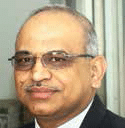 Prof ORS Rao, Prof ORS Rao,
Vice Chancellor, ICFAI University
“Once India becomes a full-fledged member of Washington Accord, it will facilitate recruitment of fresh engineering graduates by overseas employers as they can correlate the educational standards of the Indian students with degrees in their respective countries”
|
Engineering educators must also tap the students’ potential, passion, curiosity and dreams. It is only possible if students are taught how to improve their communication skills and how to bring richness in the country’s engineering workforce. Students must also be inculcated the basic understanding of business processes, professional ethics and social responsibilities. Only then, the technical education can flourish.
